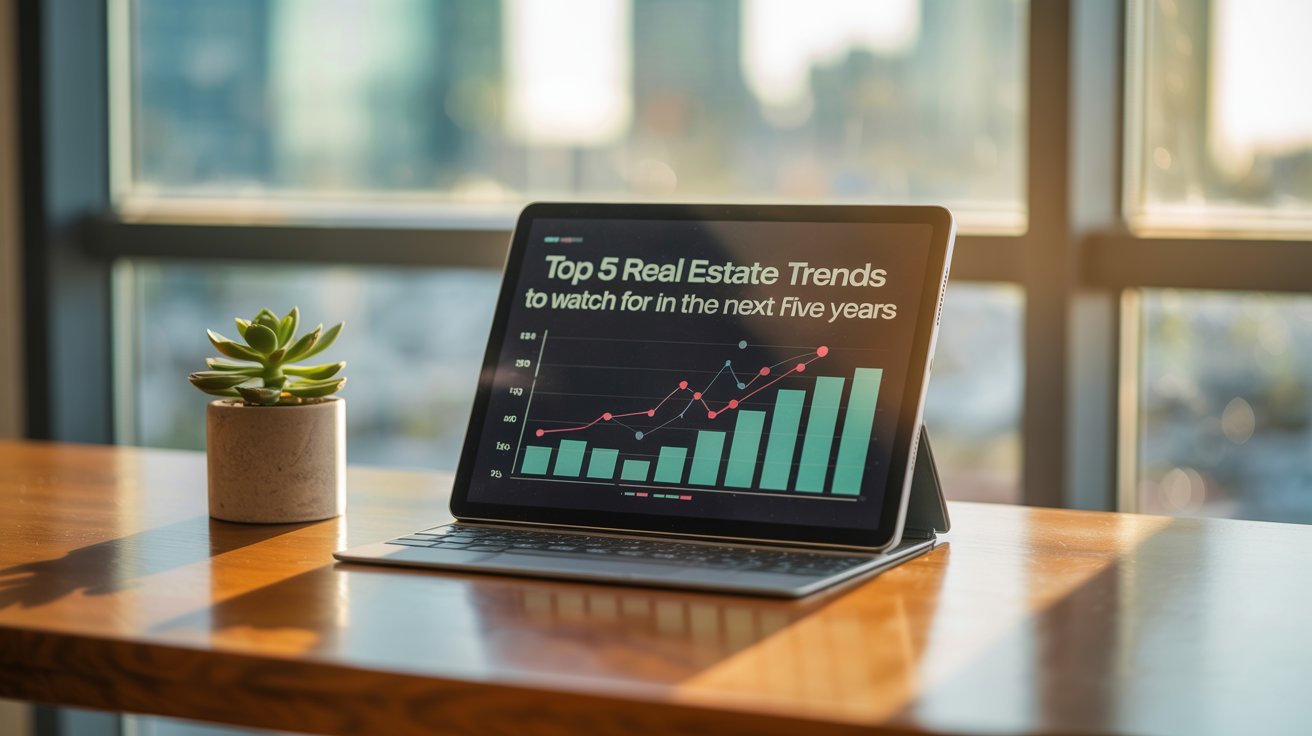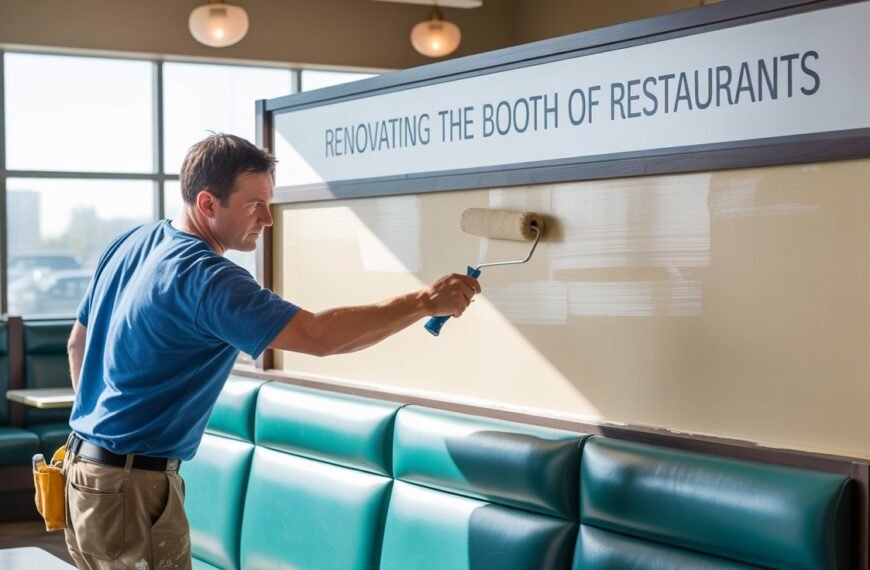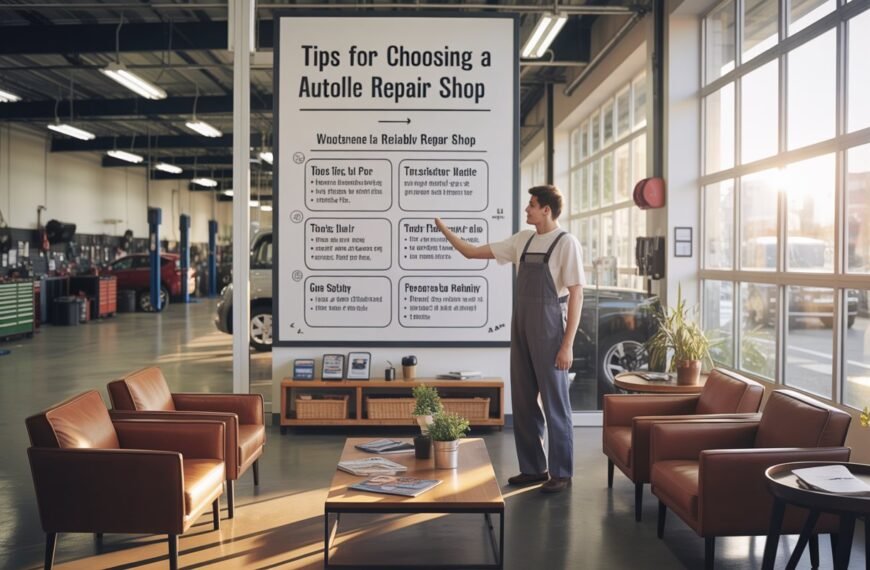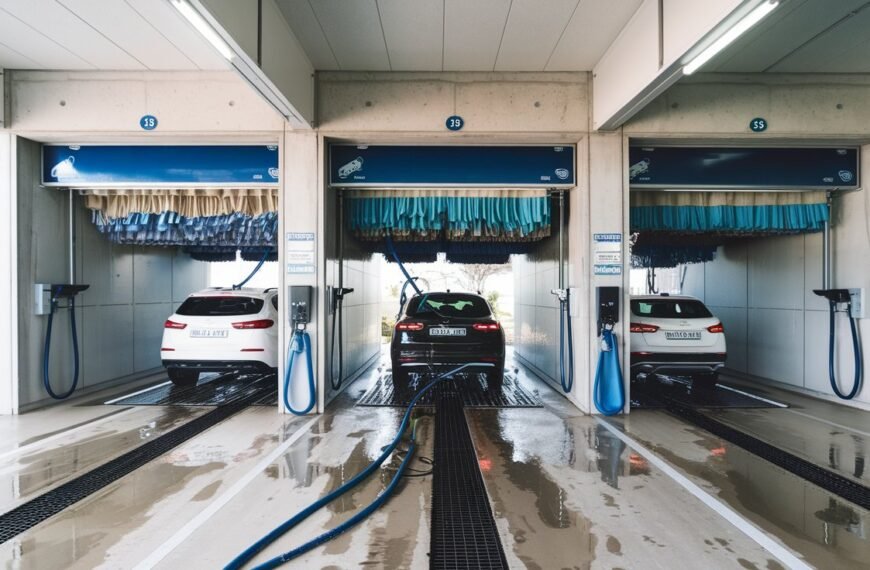Key Takeaways
- Technology, sustainability, and shifting buyer preferences are shaping the next phase of real estate.
- Remote work continues to influence where and how people live and invest.
- Eco-friendly buildings and smart home integrations are in high demand from homebuyers.
- Urban neighborhoods are being revitalized as suburban areas experience rapid expansion.
- Keeping up with real estate research supports smarter, future-focused decisions.
Technology and Digital Transformation
The real estate sector is amid a digital revolution transforming longstanding practices across the industry. Today, nearly every stage of a real estate transaction—from property search to closing—is being reimagined through innovation. Prospective buyers and sellers are embracing tools like 3D virtual tours, drone video footage, and intelligent contract systems that leverage blockchain for security and transparency. The ability to preview homes remotely and execute paperwork electronically makes life easier and more efficient for everyone involved. As home seekers navigate this new reality, they often rely on technologically adept agents like San Diego, CA real estate agents The Savory Group, who have seamlessly integrated the latest digital tools into their daily processes. Artificial intelligence is powering property valuation tools, matching buyers with homes based on preferences rather than just price or location, and even predicting market shifts based on large data sets. As recent industry reports explain, this new wave of innovation is not exclusive to major markets. Small cities and suburban regions benefit, too, as digital platforms boost speed, access, and confidence in real estate transactions nationwide. The next five years will likely see even greater technology integration, affecting how buyers search, how agents connect, and how deals are closed.
Shifting Demographics and Buyer Preferences
The old rules quickly disappear as younger generations dominate the real estate market. Millennials and Gen Z buyers are known for their comfort with technology and desire for flexible, adaptable living arrangements. The traditional “dream home” image has shifted from large, isolated lots to walkable, amenity-rich neighborhoods. Recent studies show that about 60% of buyers under 40 place walkability and proximity to transit high on their list, choosing communities where daily errands require less time in the car and more engagement with local businesses and public spaces. Homes that offer energy efficiency, smart appliances, and eco-friendly materials are capturing the attention of these new buyers. Flexible floor plans that allow for live/work balance, integrated home offices, and shared outdoor spaces are also driving decisions. Developers have noticed that new construction projects frequently center around convenience, digital connectivity, and sustainability in ways that reflect these generational preferences. This evolving landscape is redefining not just how people live but where, as formerly overlooked communities with vibrant amenities become some of the hottest markets.
Sustainability and Green Building
Green building and sustainability are gaining ground as core priorities in real estate, visible in consumer demand and corporate strategy. With climate change at the forefront of media and policy discussions, many buyers want homes that shrink their carbon footprint and deliver long-term value. The push for sustainability impacts every construction and property management aspect—from energy-efficient heating and cooling to insulation, solar installations, and water conservation systems. Data from the EPA’s green building guidelines reveals that eco-friendly properties make a real difference for the planet and monthly household budgets. Developers seeking an advantage increasingly pursue green certifications, using recycled or locally sourced materials and designing communities to promote walkability and bike use. Retrofitting properties with smart thermostats, low-flow fixtures, and enhanced insulation can increase appeal and resale value for existing homeowners. It’s no longer just about “doing the right thing”—sustainable properties are now proven to sell faster and at higher prices, especially to the growing number of buyers prioritizing health and efficiency in their home environment.
Changing Work Patterns and Housing Demand
Initially sparked by the pandemic, the global shift toward remote and hybrid work shows no sign of reversal. Many professionals have discovered new priorities, often opting for homes with dedicated office spaces, additional storage, and even wellness or remote learning areas. As employees decouple from the need to commute daily, they’re exploring homes further from city centers, where space is more affordable and lifestyle options are broader. Single-family homes, properties with flexible layouts, and those in peaceful suburban neighborhoods are now highly sought after. This shift is also reshaping commercial real estate. Companies are rethinking their office footprints, investing in co-working spaces, or converting old buildings for residential or mixed-use purposes. Local governments are watching these trends closely, adapting infrastructure to support increased internet needs, public transport, and recreational spaces. This enduring move toward flexible work has fundamentally altered supply and demand in real estate markets, creating a ripple effect from urban high-rises to quaint rural main streets.
Urban Revitalization and Suburban Growth
In recent years, a fascinating dual trend has emerged: the revitalization of urban cores, even as suburban and exurban communities continue expanding rapidly. Many major cities, having lost some residents to the suburbs due to pandemic-related challenges, are investing in public amenities, beautified parks, improved transit, and arts initiatives to reclaim their vibrancy. Mixed-use developments that blend retail, residential, and office environments are popping up throughout urban centers, creating lively, multifaceted neighborhoods that attract young professionals and downsizers alike. Meanwhile, suburban growth remains strong. Newcomers seek larger properties, quality schools, and greater community involvement. Suburban governments are actively upgrading infrastructure to meet increased demand, building better roads, expanding health services, and encouraging local entrepreneurship. The synergy between revitalized cities and energizing suburbs offers fresh chances and challenges for buyers, renters, and investors who want to balance convenience, value, and lifestyle.
Outlook for Real Estate Investors
This transition period is packed with uncertainty and promise for real estate investors. Opportunities abound for those willing to adapt—whether it’s by pursuing eco-friendly buildings, targeting markets with a significant influx of remote workers, or focusing on mixed-use properties that can weather shifts in demand. Keeping a close eye on local and national migration patterns and sustainability trends, and staying informed on current real estate news, is key for those eager to make data-driven decisions. Those who diversify their portfolios and remain forward-thinking will likely outperform traditional models. Success will come to those who adopt flexible strategies, such as retrofitting older properties to meet green standards or investing in infrastructure improvements in city centers and their surrounding areas. As more investors focus on long-term value and community impact, the real estate landscape will grow in exciting and sustainable new directions over the next five years.








